2024-12-10 17:57:03|Myriagame |source:minecraft skins
This tutorial is set by the author's setting without permission.
Foreword: This tutorial uses a integrated package nomifactory!
In HV, you can start considering the good thing of oil. Petroleum is a very useful resource in the middle and late stages.
The distillation tower can help us use oil comprehensively (here is a dual HV energy warehouse, so that you can increase to EV)
There are a total of four types of distillation tower, namely: sulfur -containing fuel, sulfur -containing fuel, sulfur -containing oil, and sulfur -containing refining gas.
Note: This tutorial will be used as a demonstration. Please consider what kind of fuels are used in the actual situation!
What this tutorial is to talk about is: use oil to replace those annoying biological lines.
The first is the largest product in GT: ethylene (CH2 == CH2).
Just need such a simple structure: heating the water and combining with light fuel to become steam cracking light fuel before distillation.
Compared with biological line polyethylene, it is not only large in yield, but also convenient and fast, so what kind of garbage (fog) is the biological line.
In the later period, do you still worry about the amount of rubber?Want to use the planting station but cause a huge amount of stutter?fine!GT petrochemical to help you!
There are three types of rubber in GT: rubber, silicone rubber, butyl phenyl rubber.You can only obtain rubber by using biological methods (seeds), but often use other rubber. Petrochemical can solve this trouble.
We only need to stack a acrylic production line in the ethylene production line above (replace the configuration circuit in the distillation room), and then put a chemical reaction kettle in the middle to make ethylene and acrylonine generate.The product is H2).
The isoprene and oxygen (or air) are then transformed into raw rubber powder.
Then you can make rubber with vulcanization.
Do not lose the hydrogen from the rubber production line, and the carbon powder produced by the petroleum desulfurization line is combined into methane.
Reacting methane with carbon powder.
Then react with chlorine, silicon, and water reactions to generate polyxide siliconane powder.The polybctidic siliconane powder and sulfide are then obtained to get the silicone rubber.
(The fluids that are treated with the trash can in the figure are hydrochloric acid and dilute hydrochloric acid. If you need to recycle, you only need to distilled dilute hydrochloric acid and electrolytic)
The picture is the merger of rubber and silicon rubber.
In addition, through cracking oil, phenyl and butthonne can also be used, and phenylin and ethylene can be used to obtain the styrene (the styrene can be aggregated with oxygen into polystyrene, which is also a type of plastic)
Injerarium and butadiene, oxidation can obtain raw phenyl -phenylene rubber powder. After the combination of sulfurization, it can be used to use butadylene rubber.Because the structure is similar, no demonstration is made here.
In addition, if you distilled and cracking oil through the distillation tower, you can get various outputs, but the subsequent treatment is very troublesome. Therefore, it is recommended that if the oil production capacity is sufficient, the output of the point -to -point point is better.However, if a very comprehensive production line is needed, you can consider using the distilled tower to distille the steam cracking oil.

National Service DNF Dark Ni
2025-01-28 09:19:27
The new screenshot of the be
2025-01-28 09:18:57
The 15th anniversary wallpap
2025-01-28 09:18:27
3DM Xuanyuan Sinicization Gr
2025-01-28 09:17:57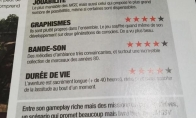
French magazine is the first
2025-01-28 09:17:27
The sneak game "Republic" wi
2025-01-28 09:16:57
The story between humans and
2025-01-28 09:16:27
Capture "Trinity 3: Artifact
2025-01-28 09:15:27
Wind direction change "Myste
2025-01-28 09:14:57
DICE's new project "Dream" w
2025-01-28 09:14:27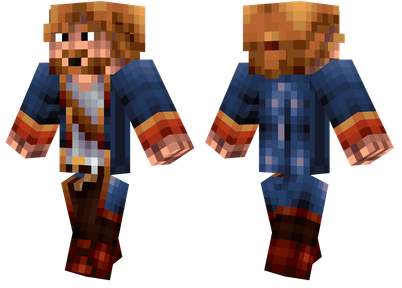
Pirate Minecraft Skins
Minecraft Skins
2024-12-10 04:11:27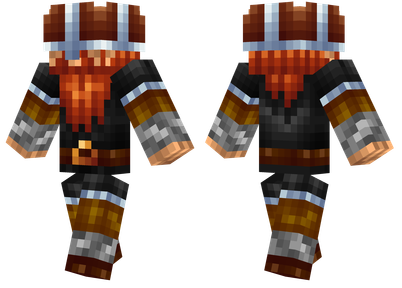
Pirate Minecraft Skins
Minecraft Skins
2024-12-10 04:11:26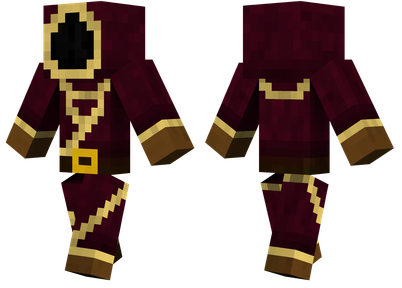
Master Minecraft Skins
Minecraft Skins
2024-12-10 04:11:25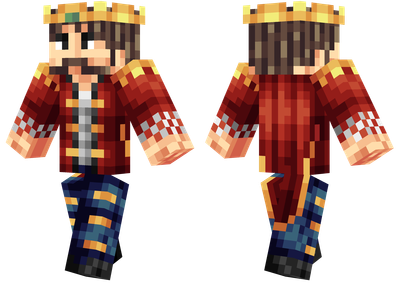
King Minecraft Skins
Minecraft Skins
2024-12-10 04:11:25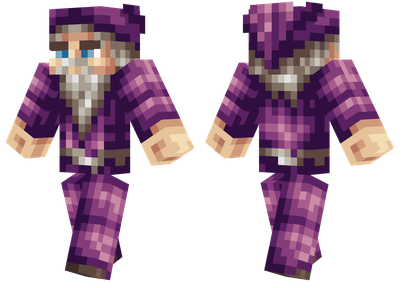
Guide Minecraft Skins
Minecraft Skins
2024-12-10 04:11:24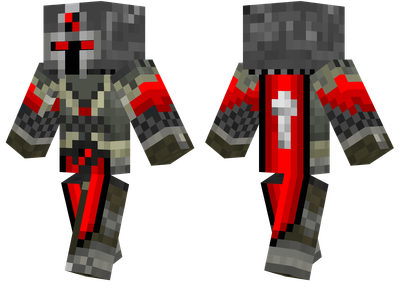
Dark Knight Minecraft Skins
Minecraft Skins
2024-12-10 04:11:23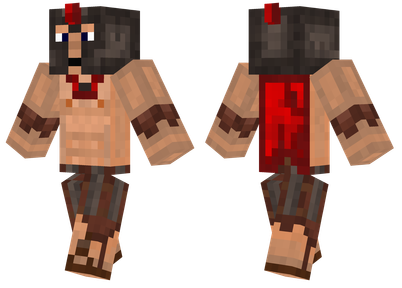
Sparta Minecraft Skins
Minecraft Skins
2024-12-10 04:11:23
Moncraft Skins of the War
Minecraft Skins
2024-12-10 04:11:22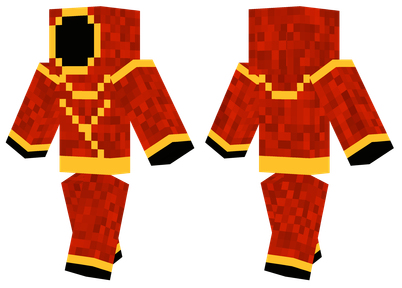
Red Witch Minecraft Skins
Minecraft Skins
2024-12-10 04:11:22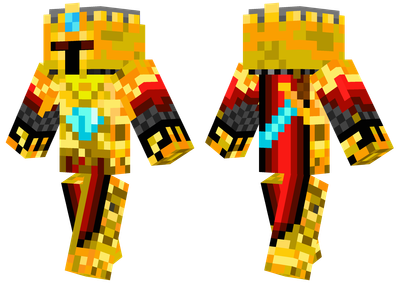
Golden Cavaliers Minecraft S
Minecraft Skins
2024-12-10 04:11:22